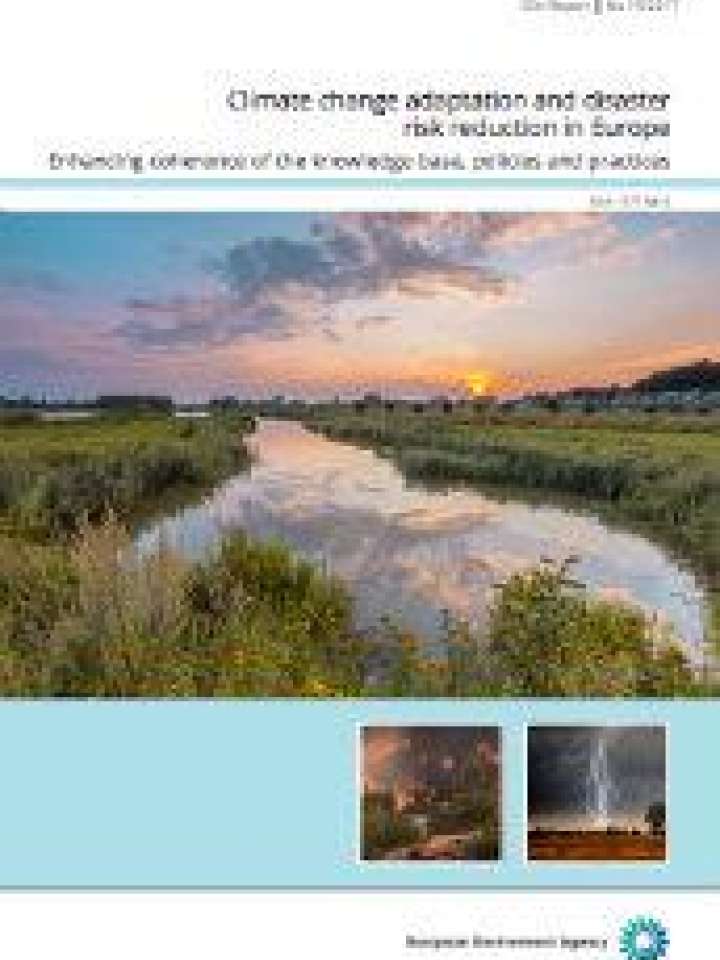Climate change adaptation and disaster risk reduction in Europe: Enhancing coherence of the knowledge base, policies and practices
This report aims to contribute to better informed EU, national and subnational strategies, plans and multi-stakeholder processes for enhancing the coherence between CCA and DRR. It explores how public policies and risk management practices can foster coherence, and to what extent transfer of knowledge and experience from domain-specific methods and tools can drive mutually beneficial learning and capacity building. It builds upon a review of available documents, knowledge elicitation and interaction with a large number of experts and country representatives from both policy domains.
The report also includes a review of past trends and future projections of selected weather- and climate-related hazards, including their economic, social and environmental impacts.
The report is structured as follows: Chapter 1 sets the scene, explains the scope and outline, and describes the methodological approach and key terms; Chapter 2 provides an overview of global and EU policies relevant to CCA-DRR linkages, describes key methods and tools, and presents European and national practices; Chapter 3 describes observational trends and projections of 10 selected natural hazards at the European scale, along with analysis of uncertainties, data gaps and information needs, and examples of past natural hazards; Chapter 4 summarises the DRR indicators developed at United Nations (UN) level and the indicators of progress of the Sendai Framework for Disaster Risk Reduction (SFDRR), then describes impacts of natural hazards and disasters on health and wellbeing, ecosystems, and economic wealth and cohesion; Chapter 5 provides an overview of 'good practices' for coherence between CCA and DRR practices in Europe; and finally, Chapter 6 presents findings from the previous chapters and identifies specific opportunities for further enhancing coherence between CCA and DRR in policy and practice.
Explore further
